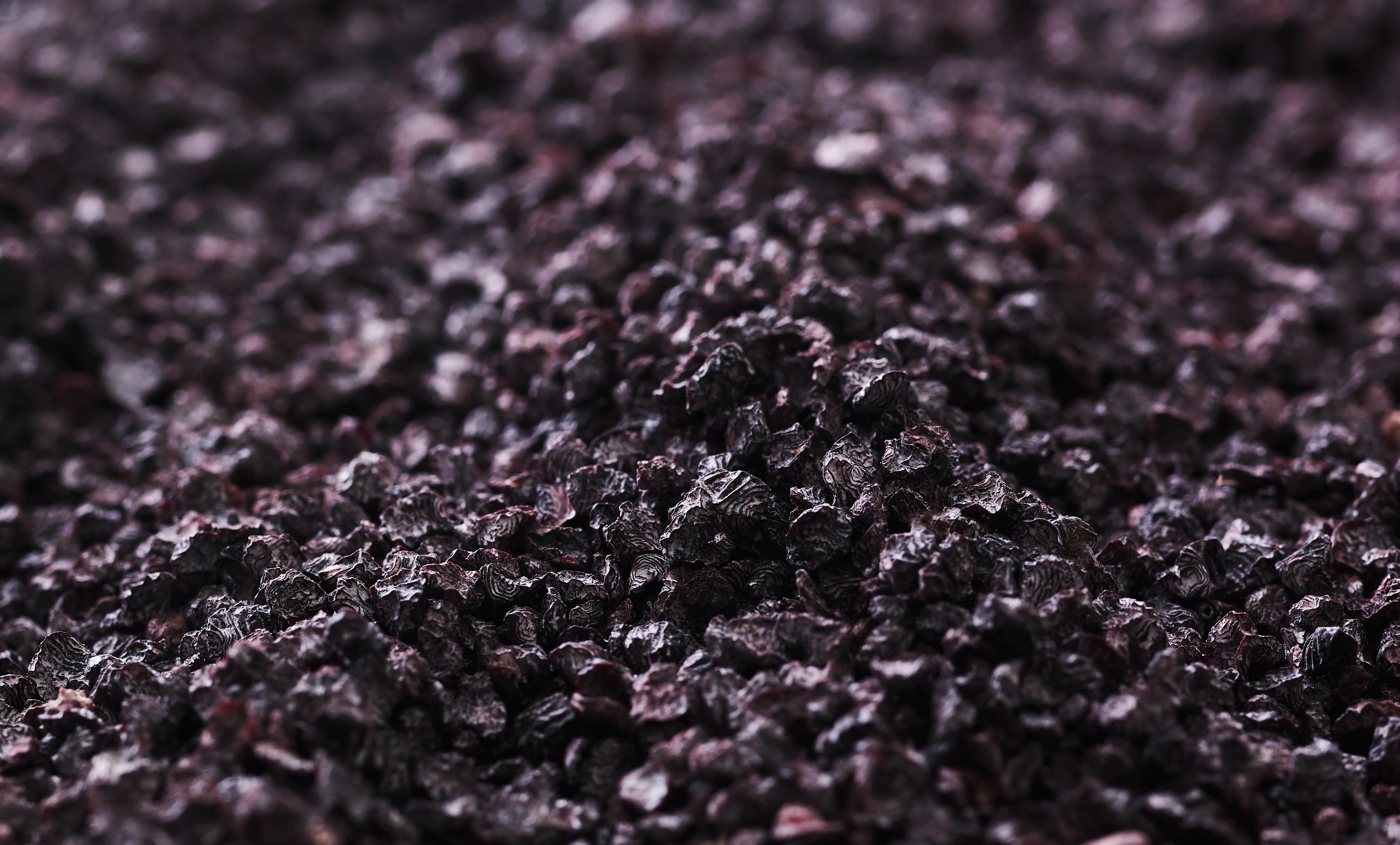Cochineal
The fundamentals
Produces shades:
Latin name: Dactylopius coccus costa
Pigment: Carminic acid and carmine
E-number: E120
5 facts about Cochineal
How cochineals are grown
The cacti are manually infested with the female insects when they are ready to lay their eggs.
The insects are placed in small, open-mesh fabric bags or cardboard containers and attached to the thorns of the cactus pads.
Cochineals remain immobile while feeding on the cactus pads. When mature, they are brushed from the cacti by hand, then sun-dried.
Harvest calendar and growing areas
Cochineals are harvested twice a year, primarily from May to June and from August to September.
Oterra's commitment to good partnerships creates stability and results in high quality cochineal with full traceability from the cactus field to the final batch.
Our largest partner has invested in drip irrigation to minimize water consumption and maximize yield.
What you should know about carmine from cochineal
Oterra's stable, industry-leading formulations allow you to benefit from all of the advantages of carmine as a natural food color while minimizing any intrinsic challenges associated with this product.
The shade of carminic acid varies from orange at pH 2 to violet at pH 9.
Carmine is the aluminum-calcium chelate complex of carminic acid.
Carmine lake is created by the precipitation of carminic acid on an aluminum and calcium salt.
The shade of carmine lakes ranges from red to magenta and purple.
The carmine lake is insoluble in water and suspendable in oil. The addition of alkali forms water-soluble carmine, which is available in liquid and powder form.
Natural Strengths
Good heat stability
Very good light stability
Natural Challenges
Possible precipitation at ph <3.5
Sensitive to metal ions (carminic acid)
Changes in pH cause shade shift (carminic acid)
Not suitable for vegetarians
Contains aluminum (carmine)
Food colored naturally with cochineal
Carminic acid Water extraction
Carmine Addition of aluminum and calcium
Water soluble carmine Dissolution of carmine lakes by addition of alkali
Sign up now for updates on what’s happening at Oterra, industry updates and insights, helpful tips, and how to do great things with food colors from nature. And don’t forget to connect with us on LinkedIn.

